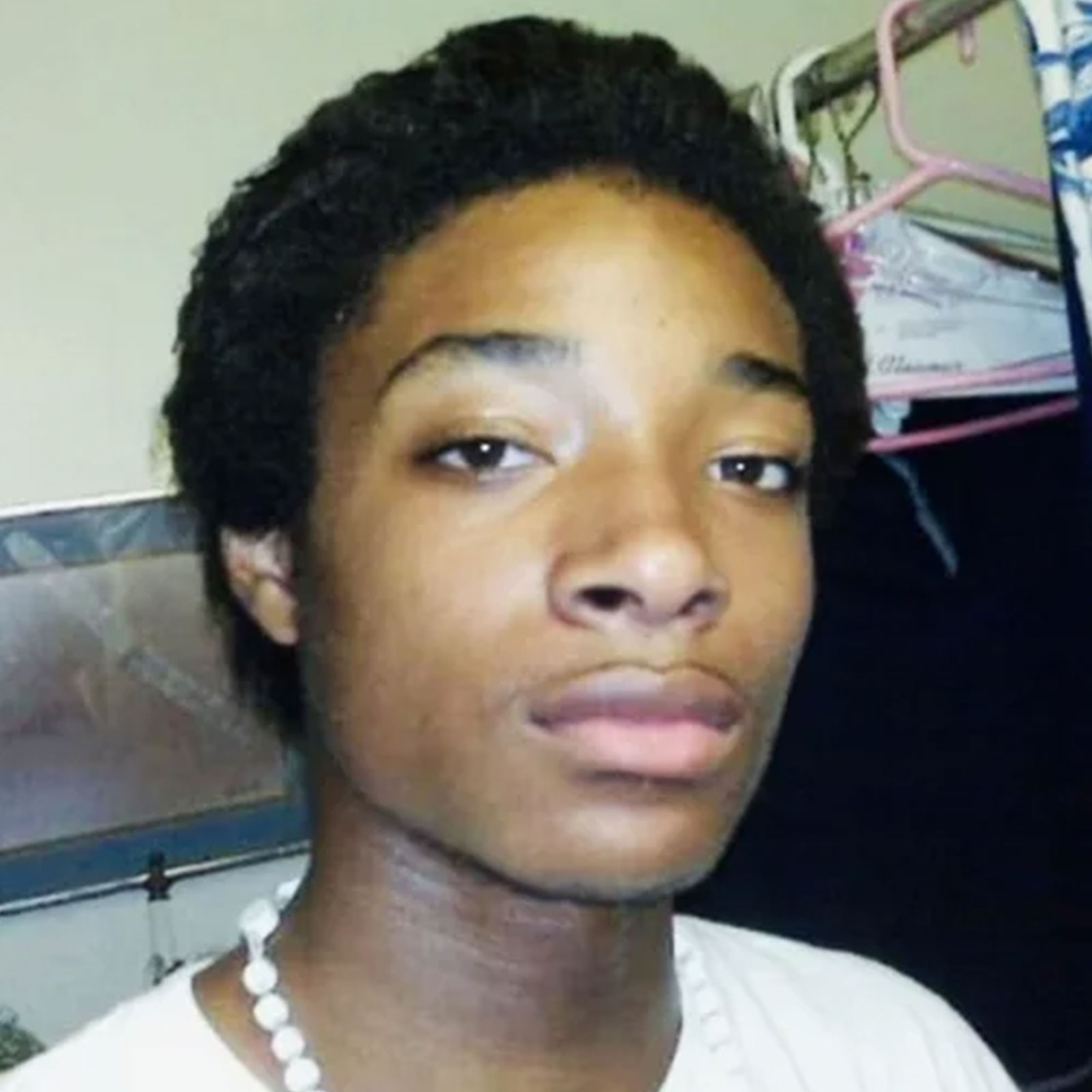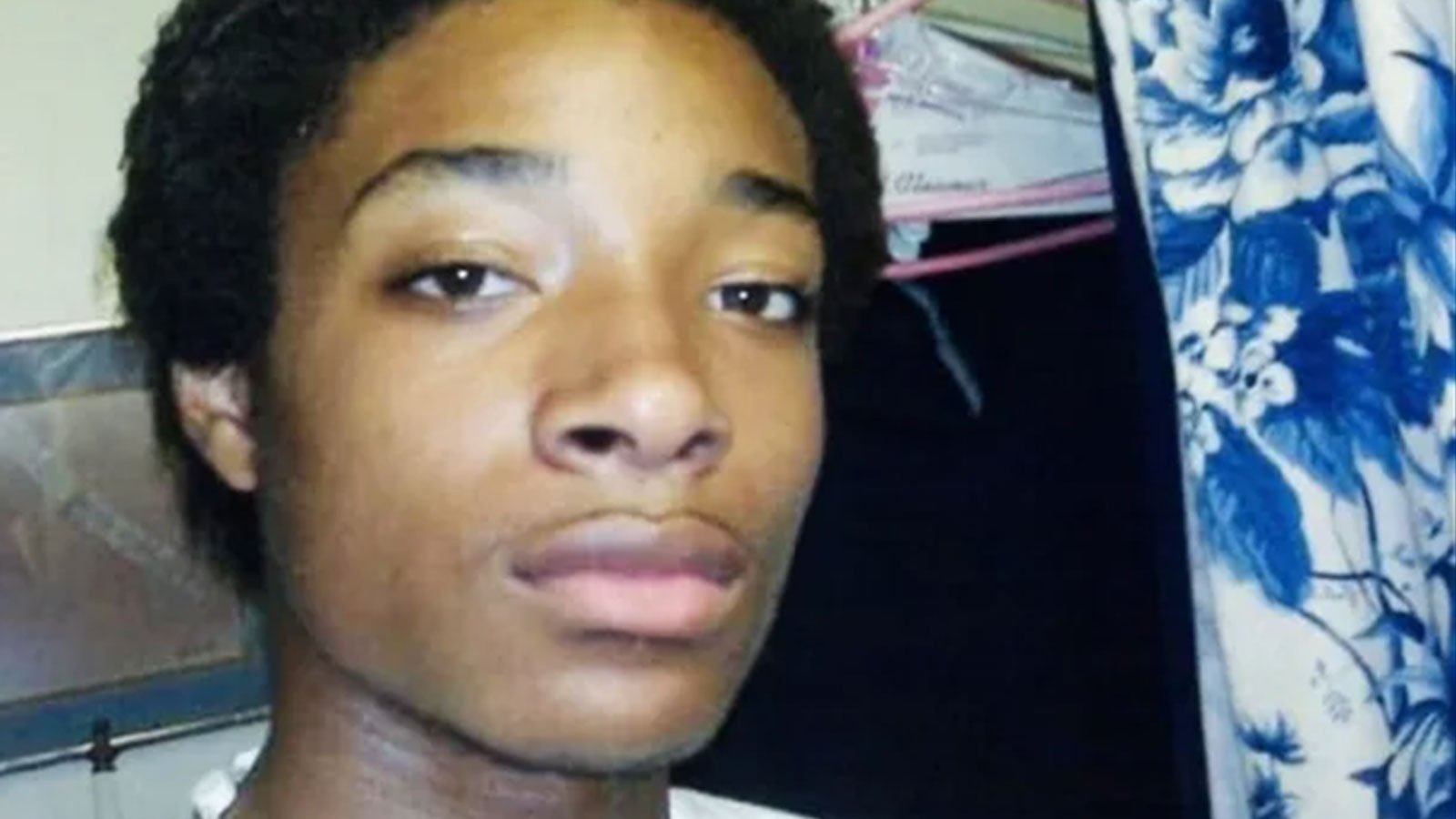The brutal public judging and killing of Mr. Jordan Neely, a poor, homeless, mentally-ill Black man in New York City, offers again life-and-death evidence of the need to expand the discussion and solution concerning gun violence to include the American culture of violence itself. And the masses of Black people who are out demonstrating in defiance and demanding justice for him are to be praised and supported in their and our righteous and relentless struggle for an inclusive justice and public safety.

Jordan Neely. Courtesy of Mills & Edwards LLP
Indeed, it is yet another case of a Black man sacrificed on the insatiable altar of Whites’ violent perception and pursuit of public safety at the incalculable expense of Black people’s right to security and life, a public policy and social practice that must be condemned and resisted. Mr. Neely’s killing is a graphic and grossly savage example of a public spectacle of the sacrifice of a Black life in the midst of assisting, cheering and championing the “conquering” killer who choked Mr. Neely until he was dead and held him in the chokehold even after his body went limp. This, of course, recalls other similar human sacrifices of Black victims under the camouflage of law, order, fear, self-defense and public safety.
Tragically, this cold-blooded taking of Black life offers additional proof to already abundant evidence that the problem of and solution to gun violence is not only in the restriction and restraining of gun access, use and models for mass killing. Rather, it also requires rightful attentiveness to the problem and plague of systemic and social violence woven deep in the fabric of America’s founding and functioning, especially in matters of race and oppression.
In the context and practice of the pathology of racist oppression, there is a need to demonize and dehumanize Black people in order to undermine and obscure the ethical imperative to recognize and respect them as full human beings worthy of humane and equal treatment and as having the right to safety and life also. Indeed, so demonized and dehumanized, it is difficult to feel anything for them except fear, hatred and hostility and thus, they are not seen or imagined as victims even when they are violently and fatally victimized publicly or privately.
This is clear in a review of comments on the internet and in the public media, where Mr. Neely’s right to life, safety or sanctuary is dismissed or denied and he is characterized as unworthy of empathy, compassion or consideration. Indeed, in their minds, he has so many strikes against him before they even learn his history in the dignity-denying way they had already assumed, but did not know and which still does not justify his public murder. He is poor, homeless, mentally-ill and perhaps most indicting, he is a Black man and therefore, by racial definition and social default, a self-evident menace to society. Thus, his public murder is deemed justified and therefore there is no need for arrest or accountability for the killer. Indeed, he is questioned and released and praised for his brutal and fatal intervention and the Mayor informs us that the issue is complicated and we need to wait on the process, a position he would undoubtedly not take with White ethnics of the city concerning one of them so vulnerable and fatefully victimized.
Clearly, the would-be-mighty former Marine, Daniel Penny, as his predatory prowess against his vulnerable victim demonstrated, was capable of subduing Mr. Neely, but by what strange moral reasoning or sense of public safety was there a need to then choke him to death? And what kind of persons or people are those who helped hold him down until he was dead, and those who cheered or silently watched as he was killed without uttering a word of concern, care or even questioning? It is this murder and merciless act of participatory and celebratory anti-Black violence that led some to remember and call it a public lynching. And then there is the corporate media, using what Min. Malcolm called the “science of image-making”, turning the victim into the criminal and the criminal into the victim. Again, it is the operation of a racist system that racialized crime, calling it Black, and then criminalized the targeted race, Black people. This means a perpetual indictment without possibility of exoneration or rehabilitation after the indictment.
But the massive killing of Black men, women and children in various venues has not made and will not make America safer, for the problem, as our people say, Lord knows, is not us. It is rather how White Americans who rule this country, in spite of performance DEI platitudes and promises, conceive of themselves and how they conceive and approach the world and all in it. Indeed, the problem of violence is systemic, a problem of the heart and mind and the structures and practices this produces and sustains. This includes: Whites imagining themselves the racial and religious lords and elect of the world; embracing the gun, drones, missiles and other weapons in worshipful ways; and engaging violence as the indispensable and essential means to solve problems, quell dissent, conquer, control, exploit, and crush different and vulnerable persons and peoples, deal best with designated enemies and ruthlessly pursue the interests of empire.
Thus, again, the problem is not simply gun culture violence evidenced in the continuous rash of mass shootings and killings, which certainly must be dealt with decisively, but rather the culture of violence, itself, and the will and commitment to injure and kill that come with it, whether the killing is state-sanctioned or vigilante, political or personal, and whether it’s with gun, knee or knife, chokehold, rope or rock. This means America must not try to hide from its history and current policies and practices of violence, which caused Dr. Martin Luther King to describe it as “the greatest purveyor of violence in the world”, but rather confront and struggle to radically change them. And it also means that there must be a radical rethinking and realization, through struggle, of a public safety, inclusive of all and providing not only security of person but also security of rights, health, housing, income, education and other human goods for everyone and a deep and continuing commitment to the well-being of the world and all in it.















